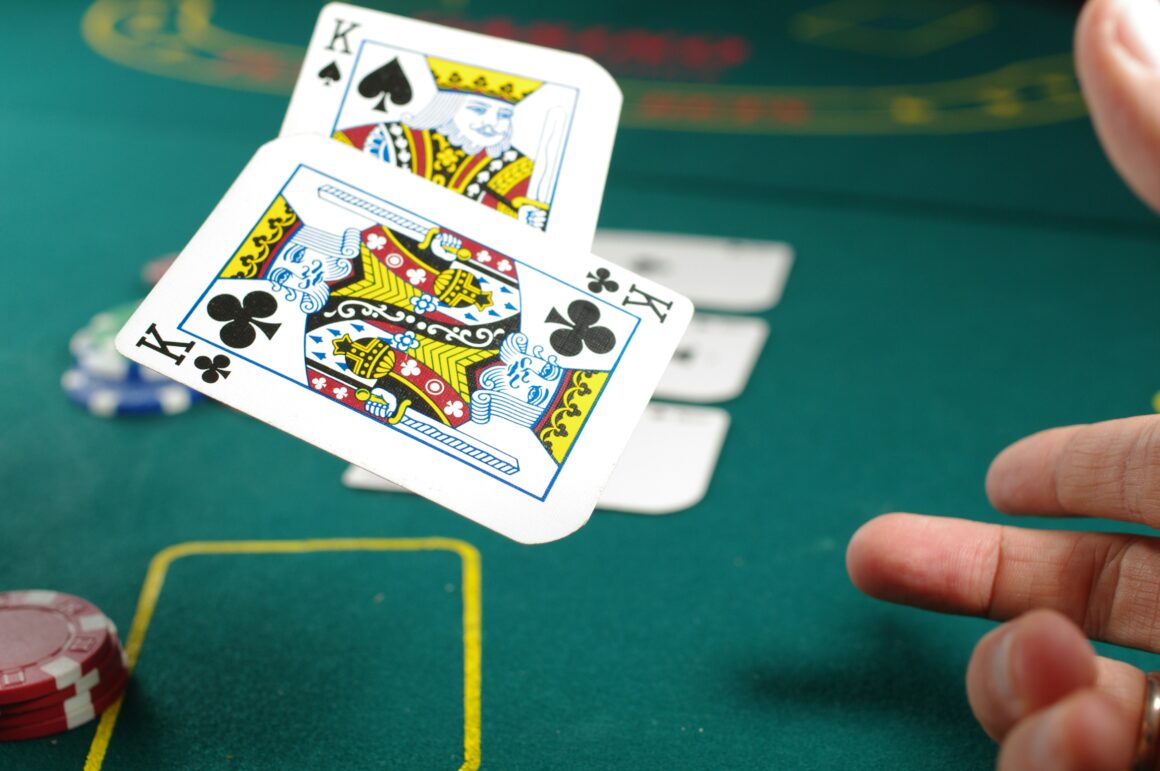TW: This article contains information regarding violence, torture, death and assault.
Canada has long skirted around its treatment of the over 630 First Nation communities that are still extant. Mass graves of children have now been discovered, shedding a light onto an often overlooked practice and aspect of culture in Canada. On June 1, 215 children were discovered at Kamloops Indian Residential School in British Columbia. Over 300 bodies have now been identified in total, with some being as young as three-years-old. Then, on June 25, at least 750 unmarked graves were found at the Marieval Indian Residential School in Saskatchewan. Authorities believe the headstones at Marieval were intentionally removed.
It is estimated that 150,000 people were sent to these Canadian residential schools and forced into brutal programs. They opened in 1883 and did not get shut down until 1996 — meaning Canada administered 113 years of residential schools. Residential schools were introduced in order to forcibly assimilate indigenous peoples, stripping them of their communities and culture, often with great violence and death. 90 – 100% of those sent to schools “suffered severe physical, emotional, and sexual abuse,” in tandem with the “40 – 60% mortality rate.” Various forms of racist medical, sexual, electrical and emotional torture and abuse impacted generations of First Nations children.
Ground-penetrating radar technology was utilized by researchers to locate the unmarked on the campus. There are few records kept of the schools and no documentation of the since-discovered graves, which has made it difficult for survivors to be heard. Alberta, in particular, is looking to identify graves. Over 800 victims were killed there, and at least 20% of residential school deaths occurred in the province.
“We’ve heard that often, children would be the ones digging the graves for other children, and so they might know exactly where the graves are…It’s kind of a needle in a haystack. But if we can talk to survivors that know specific information, then we can certainly narrow down our search,” Terence Clark from the University of Saskatchewan in Saskatoon told CBC about the process used in British Columbia.

In 2006, the Indian Residential Schools Settlement Agreement was signed. It settled out of court as Canada’s largest class-action suit. Coming into effect in 2007, it was comprised of the “Independent Assessment Process, the Truth and Reconciliation Commission, Commemoration, and Health and Healing Services,” as well as the the Common Experience Payment, a $1.9-billion reparation program for all victims of the schools.
First Nation groups are asking that all 150 institutions be investigated for graves as well. Activists have explained that this discovery is merely proof of a larger pattern.
In 2008, the Truth and Reconciliation Commission of Canada (TRC) was officially launched. Similar to South Africa’s TRC, Canada sought to investigate the atrocities committed by their own government. This Commission concluded and published their findings in 2015, the same year Prime Minister Justin Trudeau came into office. He published a list of 94 commemorative actions as a result of the TRC, but numerous lawmakers and leaders are calling for more substantial action, especially in light of recent findings. Flags throughout Canada were put at half-staff across the nation and communities spent time constructing memorials, but many say this is not enough.

The United Nations urged Canada and the Vatican to investigate and apologize. China and its allied nations called for an investigation into Canada’s treatment of its indigenous population, though this was after Canada and 40 member nations called for a UN investigation into the human rights abuses regarding Uyghurs in Xinjiang. Pope Francis only issued a statement describing the “horror” the church feels. No responsibility for the Catholic Church’s role in the residential schools was claimed. Ottawa’s Catholic Archbishop Marcel Damphousse did issue an apology on Canada’s National Indigenous Peoples Day, June 21, calling for Pope Francis to also apologize. A request for a papal apology was included in the TRC, but the Vatican has refused to issue one.
Missionaries played a large role and the Christian church was greatly used as an agent of suppression and assimilation. Various sects ran different schools, with some schools being run entirely outside of the recognized government-owned system. The first Canadian residential school was established by the Catholic Church. The schools were owned by the government, but primarily operated by nuns and clergymen. In 1995, Ontario Provincial Police even raided Catholic offices to obtain documentation of the schools (namely the infamous St. Anne’s), revealing the direct link between church leadership and the residential schools’ operation. There were even requests to divide the operation of the education wing of the Department of Indian Affairs between Catholic and non-Catholic.
The Vatican has continued to refuse to release documentation to the government or investigators. The Missionary Oblates of Mary Immaculate alone were responsible for running about 47% of residential schools. Additionally, in the eight years between 1936 and 1944 the Canadian government destroyed 15 tons of documents, including over 200,000 Indian Affairs files. A lack of documentation has been used by deniers for many years.
Lorraine Whitman, President of the Native Women’s Association of Canada, referred to this by saying, “We know about those things from our own personal experience. And we know about them because we participated in the fact-finding mission of the Truth and Reconciliation Commission and we read the Commission’s final report which confirmed that there are thousands of bodies buried on sites of former Indian Residential Schools across Canada.”
Kamloops was run by the Catholic Church until 1969, when the government assumed control of it before its 1978 closure. Kamloops was one of the largest residential schools in the entire system, and one of the largest run by the Catholic Church. Trudeau urged the Catholic Church to also “take responsibility,” but some say his government is also coming up short.
NDP Leader Jagmeet Singh slammed Trudeau, saying the Liberal government should drop their current appeal of the Canadian Human Rights Tribunal decision to compensate First Nations children who were removed from their families and placed in the on-reserve child welfare system from 2006 onward, impacting roughly 50,000 children. Each child is set to receive $40,000, the maximum sum permitted by the Canadian Human Rights Act. The 2019 ruling also ordered Ottawa to financially compensate the guardians of some of these impacted children, potentially costing the capital between $900 million and $2.9 billion. Indigenous and Black children are disproportionately represented in Canada’s welfare system. The welfare programs on reserves have been found to be underfunded. The complaint that was filed argued that there was a severe lack of “equitable and culturally appropriate child and family services on reserves.”
Parliament has passed my motion calling on Justin Trudeau to stop taking Indigenous Kids and Residential School Survivors to court
The vote was 267-0
Liberal cabinet refused to vote yes
Justin Trudeau didn't even bother to show up
I promise I won't stop fighting for justice
— Jagmeet Singh (@theJagmeetSingh) June 7, 2021
“The overrepresentation of First Nations children and families involved with child welfare: Findings from the Ontario incidence study of reported child abuse and neglect 2013,” a study by Jennifer Ma, Barbara Fallon, Kenn Richard First Nations children found. “First Nations children represent 2.5% of the child population; however, they represent 7.4% of child maltreatment related investigations in Ontario. The rate of investigations for First Nations children was approximately three times higher than the rate for White children…”
Singh and the NDP passed a non-binding motion without a single opposing vote through the House of Commons, demanding the Liberal government to drop that legal battle. It called for the conclusion of the dispute with survivors of the St. Anne’s residential school, a fight that has cost Ottawa and the party of survivors millions of dollars, respectively. The measure also requested the acceleration of grave identification. Liberal backbenchers and cabinet members opted to abstain from voting on the motion.
“[I]t seems that the discovery of the unmarked graves in Kamloops B.C., and the others that were located in the past couple of weeks, have opened the eyes of the rest of Canada to our suffering in ways that the TRC was unable to do. This is important, not only because there is now the impetus that is required to find and identify those children who have been lost, but because public understanding of the genocide that has been waged against Indigenous people in this country is critical if there is ever to be something that we can call reconciliation,” Whitman said.
Financial and protective reparations are being requested by survivors, saying there has been a lack of fulfillment of the TRC’s pledges. Indigenous Services Minister Marc Miller defended the cabinet’s position, saying they are seeking to settle disputes over legalities, and that there is $27 million dollars available for compensation.
The first step to justice is acknowledging these painful truths to gain a full understanding of their impacts so that we can unravel the threads of trauma and injustice that linger.https://t.co/X2e3mEBQhM
— Secretary Deb Haaland (@SecDebHaaland) June 11, 2021
In many senses, the inspiration for the inception of these residential schools can be blamed upon the United States. The U.S. had the “Indian boarding-school era,” derived from Manifest Destiny, which stripped Native Americans of their culture. The first federal school was in Carlisle, Pennsylvania and it utilized military methods, based on the torture of Apache prisoners in Florida and Virginia at superintendent/Lieutenant Richard Henry Pratt’s hands. The Protestantization philosophy and violent systems that came from this school’s founder Pratt was spread by the U.S. Bureau of Indian Affairs (BIA) to different schools across the country. There was a deliberate lack of record keeping, but it is estimated that hundreds of thousands of Native American children were forcibly placed into these residential schools between 1869 and the 1960s.
By 1926, nearly 83% of Native children in the U.S. who were of school-age were placed into these residential schools. The confidential Davin Report, which was submitted to the Canadian government in 1879, proposed residential schools. It used the experimentation of the U.S. government on these children to design the system. U.S. Interior Secretary Deb Haaland and other officials are now outlining a new reconciliation plan of the U.S.’s own. It will focus on the primarily unaddressed legacy of residential schools, with the lasting impact of the government’s genocide of Native Americans.
Indigenous women continue to go missing across Canada, poverty rates on reservations are staggering and indigenous students struggle in the underfunded First Nations reserves’ education system. It’s difficult for these communities and the country to heal as secrecy continues to swarm around the atrocities committed and while the systems in place continue to cause harm.
Whitman shared, “This is an important time for First Nations, Métis, and Inuit people in Canada. We have been living with the horrors of the residential schools for generations. We have seen the lives destroyed. We know many sons and daughters were taken to the schools and did not come back.”
Photo: Jon Dev via Flickr


